This story first appeared in Low Net, a weekly newsletter dedicated to golf through the eyes of average players. The newsletter will be for Golf Digest+ members. To receive yours weekly sign up for Golf Digest+.
Have a topic you want me to explore? Send me an email and I’ll do my best to dive in.
As far as workplace rivalries go, Golf Digest’s instruction and equipment editors have spent decades debating their relative importance. If you’re old enough to remember those “Tastes Great, Less Filling” Miller Lite beer commercials from the 1980s, it’s kind of like that: No one really needs to be right, but it’s worth arguing over regardless.
I’ve always figured my golf swing is what needs the most work, but I now understand why the right clubs also play an essential, even misunderstood, role. While this has the makings of the least surprising golf headline of the year—Good Golf Clubs Help You Play Better Golf—it’s precisely how they help that you might not fully grasp. And if, like me, you were spacing out during 11th grade Physics, just take a moment to appreciate the people who were paying attention. They’re the ones designing golf clubs to match your swing.
More Low Net 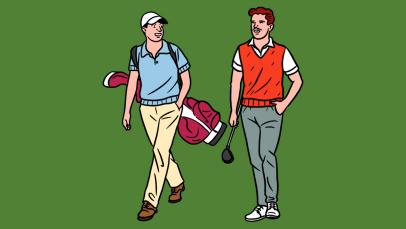 Low Net What our boss learns playing in the Pebble Beach Pro-Am
Low Net What our boss learns playing in the Pebble Beach Pro-Am .png.rend.hgtvcom.406.229.suffix/1706231918438.png) Low Net Nick Dunlap knows something about nerves you don’t
Low Net Nick Dunlap knows something about nerves you don’t 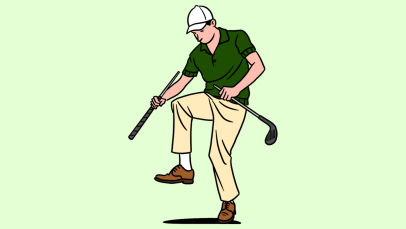 Low Net Introducing Low Net, a golf newsletter for the rest of us
Low Net Introducing Low Net, a golf newsletter for the rest of us
A recent example: For about a year I’ve carried a driver considered one of the best on the market. It is on the Golf Digest Hot List and understandably so: It’s sleek, light in my hands, with a big forgiving sweet spot. I love it … just maybe not as much as I used to. The change of heart was thanks to a recent clubfitting that revealed my driver swing tends to produce a lot of spin, which is limiting my carry distance even as I’ve generated better speed. Compared to my current model, the drivers I tested produced lower spin rates, giving my best swings some 10-15 yards more of carry.
This is just one example of many. There are also putters weighted to accommodate the specific path of your stroke, fairway woods that launch higher if you have trouble getting the ball in the air, plus wedges with the right bounce and grind to react better to how you chip. Even the right ball makes a difference, which at one point I might have dismissed as marketing stagecraft. Maybe it’s not accurate to say the clubs you have are a mistake. But it’s likely you’re not maximizing efficiency in areas where you really need it.
I still believe most of our time should be spent addressing the kinks in our swings, but it helps to know there are clubs out there offering specific solutions to your specific problems. The only downside is it might mean different clubs than the ones you own.
Unless, of course, they start giving this stuff out for free.
MORE: Do you need a new golf club or a better swing?
Questions From Low Netters
We’re back to another round of questions from readers, and it’s fair to say last week’s discussion of slow play struck a nerve. Have a question or idea? Send me an email and I’ll do my best to dive in.
A big one for me is people who don’t know how to navigate carts properly. I constantly see two players drive their cart to one’s ball, and the driver waits for his cart partner to hit, watch the shot, possibly sand a divot, put his club back in the bag and get back into the cart before they head to the other ball.—Adam
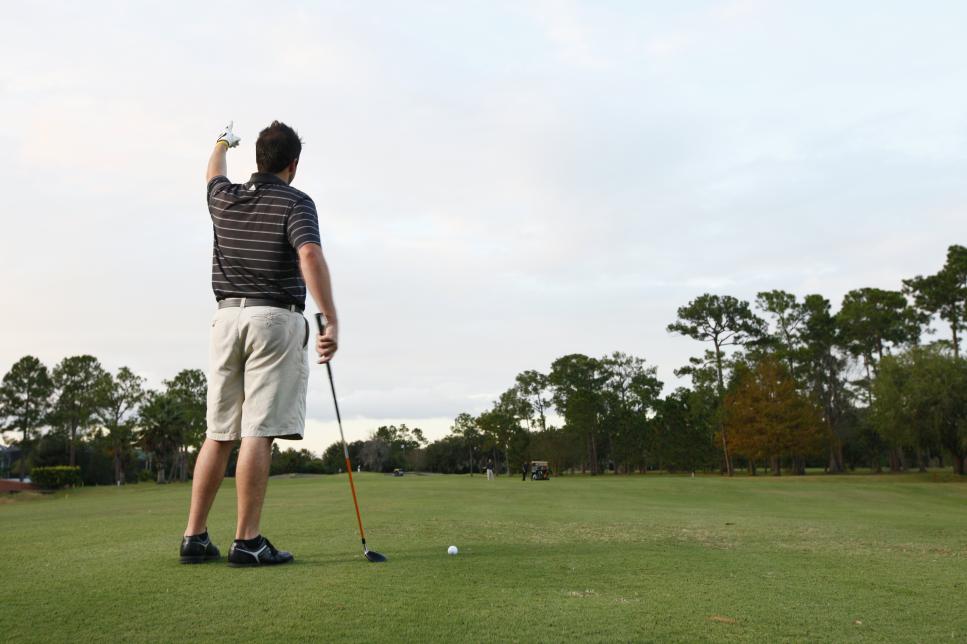
Copyright: Disney
Adam, cart mismanagement like this drives me nuts. I’m not suggesting offenders should be in prison, but a minimum-security facility I could at least understand. The worst thing about carts is they create the illusion of speed, yet slow play is rarely a result of how you move to your ball. It’s more people dawdling when it’s their turn to hit; or, to use your example, when one guy is trying to choose between a 6- or 7-iron and his partner is in the cart buying a new pair of sneakers on Amazon. At least walkers have the built-in inferiority complex that says they can’t afford to waste time.
MORE: 15 ways to play faster golf
In our game, we usually “wheel” off of the lowest handicap in the group so that the low handicap gets no strokes and all the other players get the difference between their handicap and the lowest one. Would it be more “fair” to just let the strokes fall where they land on the card so that everyone is getting strokes somewhere? —Chester
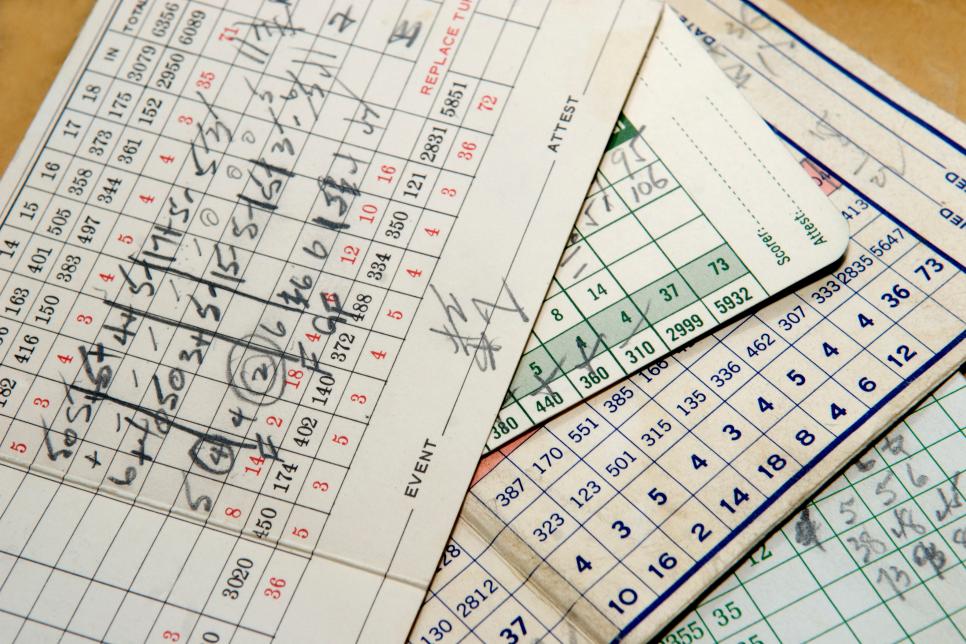
bgwalker
Chester, this is another one of those questions that keeps me up at night. The essence of what you’re asking is if lesser-skilled players need more help on a course’s easiest holes or its hardest ones. Here the handicap system already has an answer. Bear with me if this is a little wonky. While many people believe a course’s No. 1 handicap hole is the one with the highest scoring average relative to par, it’s really the hole that features the greatest disparity between a scratch and bogey player (and the 18-handicap hole is where their scores are most similar). That’s why as an 11-handicap getting six strokes off a 5, I’m getting help on handicap holes ranked 1 through 6. However, if we were both playing in a stroke-play event against the field at large, we would each get our full allotment of strokes, and my additional help would come in the relatively easier holes 6 through 11. This is a lot of math, I realize. But as with designing clubs, someone smarter than me has thought it through enough already to make it fair.
Just because Rory averages over 300 yards per drive, how can the powers that be think we amateurs need LESS DISTANCE for each shot? Golf has always been a “bifurcated” game, otherwise everyone would be having to play from the tips. —Dave
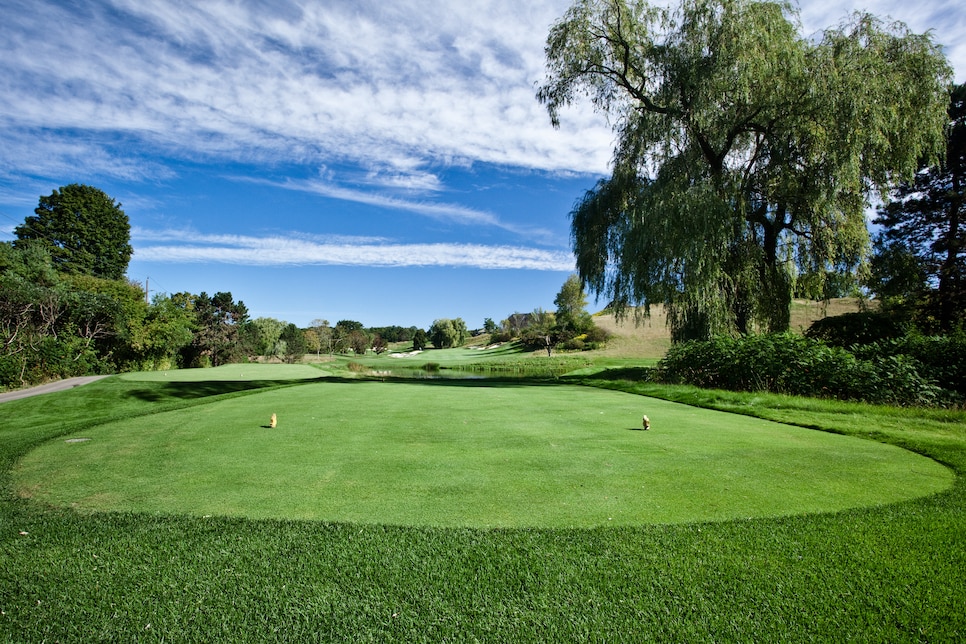
jgareri
Dave, I am with you. Distance is a problem for a tiny percentage of elite golfers while the rest of us still need all the help we can get. In thinking about the probable golf ball rollback, however, I have moved closer to the “acceptance” stage. For one thing, it won’t be until 2030 when I’ll be … well, older. By then, we’ll probably adjust the tees or yardage we play to make the distance manageable. Plus, to my point above about equipment, we’ll just get better at maximizing what we can.
This article was originally published on golfdigest.com



